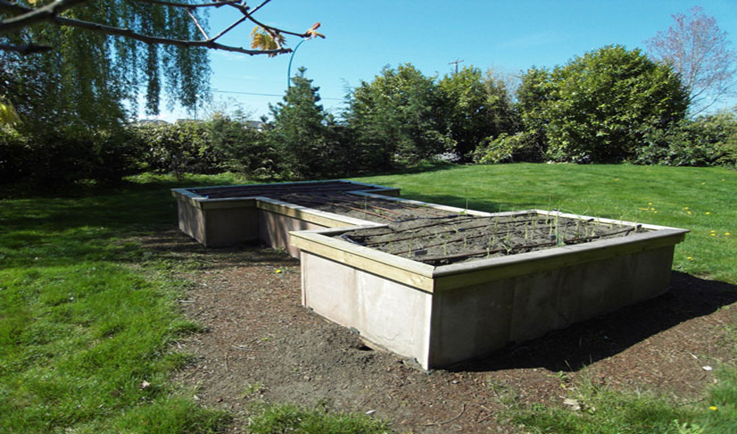The versatility of
railway sleepers will ensure that they will remain the most practical
substitute for brickwork.
Nowadays, more people
are turning to railway sleepers to build retaining walls. As a cheaper
alternative, they can add instant rustic appeal.
What is a Retaining Wall?
A retaining wall is a structure
assembled to prevent soil from landslides or erosion. These structures are used
to keep the soil in place on slopes or in areas with different elevations. This
method is commonly applied to landscaping, where shaping the soil is necessary.
What Kind of Railway Sleepers to Use
Railway sleepers can be classified
into two categories: new railway sleepers and reclaimed railway sleepers. Both
variants are suitable for building retaining walls but each has their own
different advantages.
New Railway Sleepers
New railway sleepers aresold in both softwood and hardwood. They are also available in various cuts
and sizes, which also come in custom cut proportions to suit your exact
preferences. Low in weight, new sleepers make perfect retaining walls and are
easier to install.
Reclaimed Railway Sleepers
Reclaimed railway sleepers are also available in various cuts and
sizes but they are mostly supplied in hardwood options. These heavier timber
cuts are treated with creosote or other chemicals in order to prolong their
lifespan and to achieve extra resilience.
Tip: Both types are
suitable retaining wall materials as they both display a great rustic charm. If
the retaining wall is intended for an area that sees frequent human contact, it
is recommended that you use new railway sleepers. The creosote chemical applied
to reclaimed railway sleepers can be harmful to humans, especially with regular
contact.
Benefits of Using Railway Sleepers vs. Bricks
Traditionally, bricks
are used to build retaining walls due to their ability to hold the weight and pressure
of soil, water and other elements. Railway sleepers are fast becoming the new
trend because of the versatility that they bring to different applications.
Moreover, railway
sleepers are better than bricks because:
Practical Choice
Railway sleepers are undeniably cheaper than bricks. They possess
natural rustic appeal adding personality and charm to your flower beds.
Save Time and Effort
Bricklaying is a time consuming task that requires a great deal of
effort. Railway sleepers can be installed horizontally or vertically on dugout
areas, requiring only a little cement for support.
Why waste time, money
and effort on bricks when you can add instant appeal to your garden using
railway sleepers? Inject some personality into your garden!


















